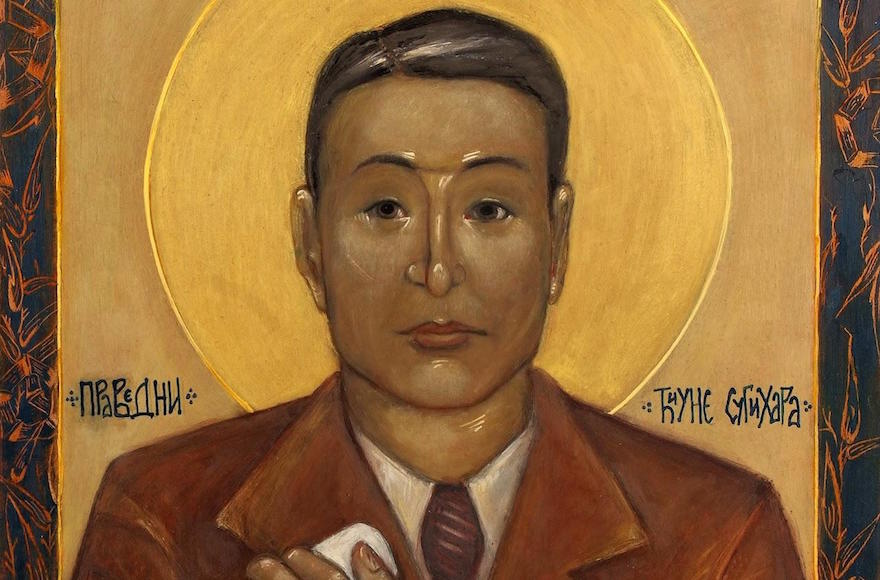The Japanese Ministry of Education has announced that its high-school textbooks will now include the story of a World War II Japanese diplomat who helped thousands of Jews escape the Nazis.
The Education Ministry informed the World Jewish Congress that a standard first-year high-school textbook will devote eight pages to chronicling how Sempo Sugihara, the wartime Japanese consul general in Kovno, Lithuania, issued thousands of visas to Jewish refugees from Poland to enter Siberia and Japan.
The Japanese Embassy in Washington informed the WJC of this decision “as a result of ongoing discussions on general matters of mutual concern,” said Elan Steinberg, WJC executive director.
The actions of Sugihara, whose humanitarian exploits were written up in the book “The Fugu Plan,” were opposed by the wartime Tokyo government, which was in alliance with Nazi Germany.
In 1984, the Yad Vashem Holocaust Memorial and Museum in Jerusalem awarded Sugihara a posthumous title of Righteous Among the Nations.
Japan has until recently been extremely reluctant to acknowledge its wartime misdeeds, from its attack on Pearl Harbor to its overrunning of much of China to its use of Korean women as prostitutes.
Moreover, the Japanese media have been overrun by anti-Semitic books, and a mainstream newspaper recently printed a highly visible anti-Semitic advertisement.
Several Jewish groups, including the WJC, American Jewish Committee and Anti-Defamation League, have been holding discussions with Japanese authorities on various issues.
‘SOME PROBLEMS HAVE TO BE ADDRESSED’
The AJCommittee just completed a study of 40 standard Japanese secondary-school textbooks used for the study of English.
“We found that they were generally sensitive dealing with non-Japanese populations but there are some specific examples of problems that have to be addressed,” said Neil Sandberg, president of AJCommittee’s Pacific Rim Institute.
“We were looking for intercultural content, how they dealt with outsiders, Jews and others,” Sandberg said in an interview from Los Angeles.
He said that, for example, Japanese students read “The Diary of Anne Frank,” but the Jewish girl who was hidden in an attic from the Nazis and ultimately deported to her death because she was a Jew “is being increasingly portrayed as a universal figure and less Jewish.”
Sandler also described a gratuitous description in a textbook of a rabbi’s son, “an unpleasant boy who tripped a Japanese girl to fall.”
He said these were exceptions to the rule. “For the most part, the textbooks were pretty good.”
Sandler said the inclusion of Sugihara in textbooks “is an attempt to show that people in Japan were capable of human actions during the war.
“In a sense, it is a revisionist inclusion, although I think it is important that it be done.”
The AJCommittee report will be submitted to the Japanese Ministry of Education in the fall.
JTA has documented Jewish history in real-time for over a century. Keep our journalism strong by joining us in supporting independent, award-winning reporting.
The Archive of the Jewish Telegraphic Agency includes articles published from 1923 to 2008. Archive stories reflect the journalistic standards and practices of the time they were published.




